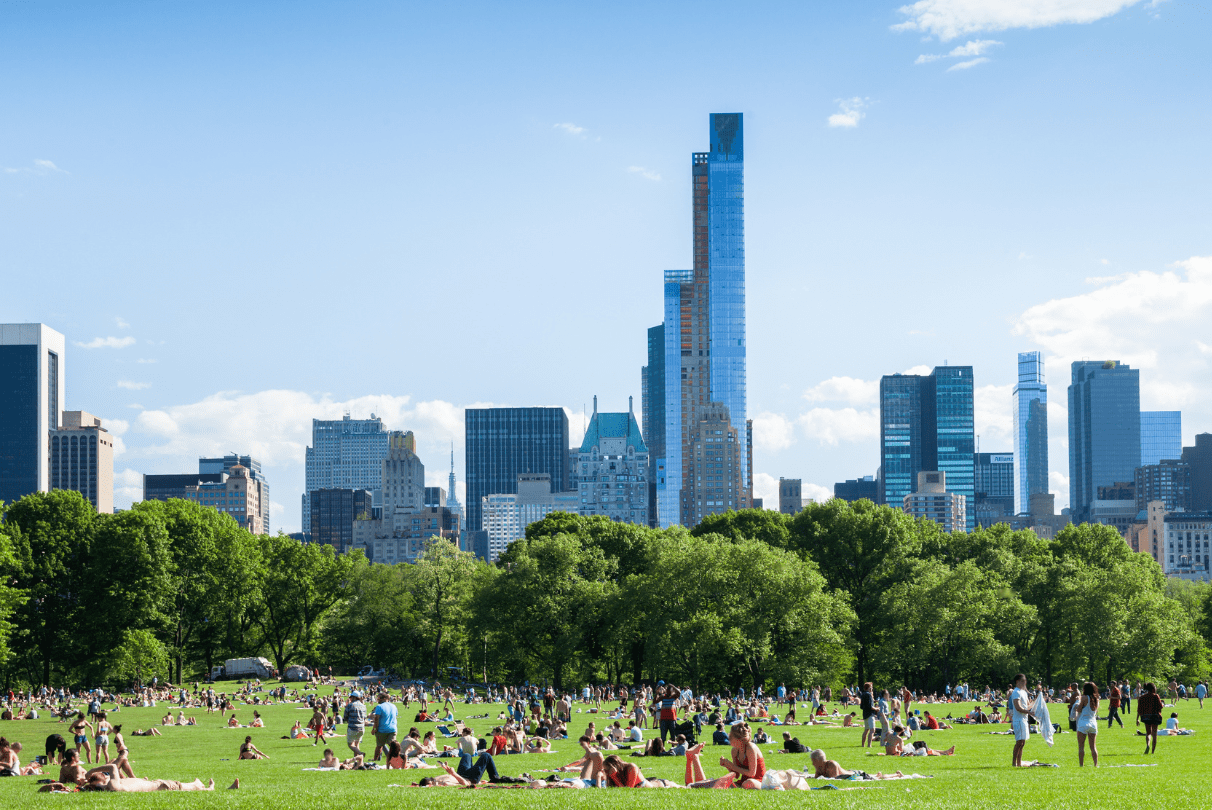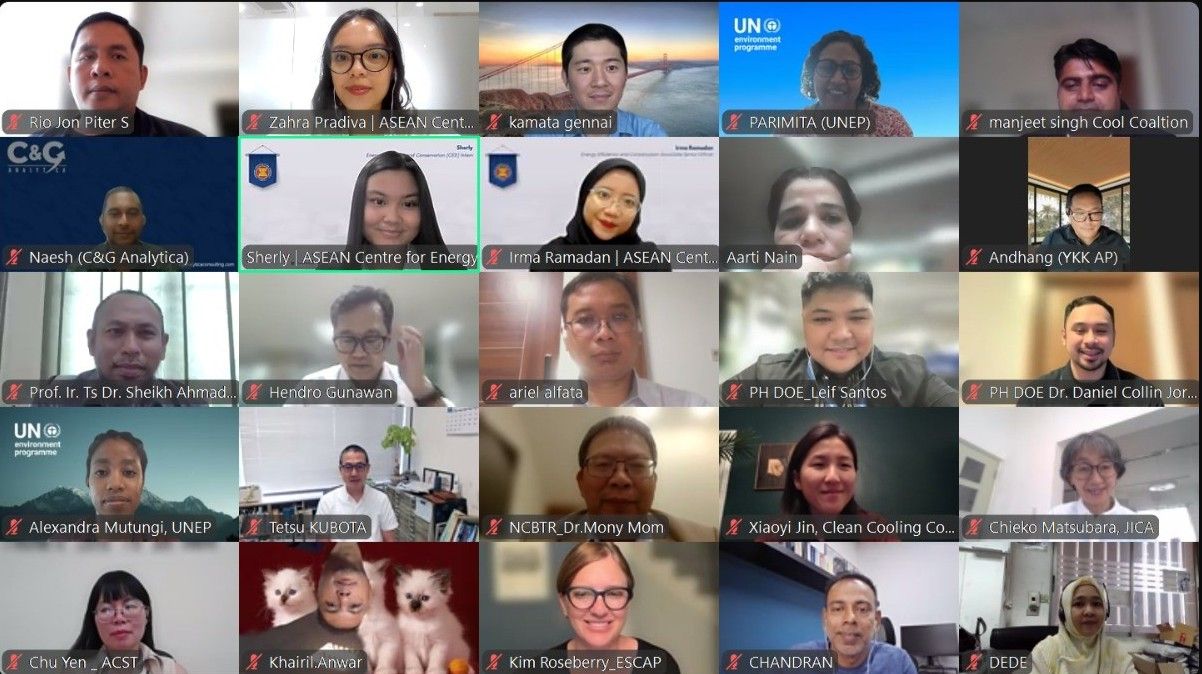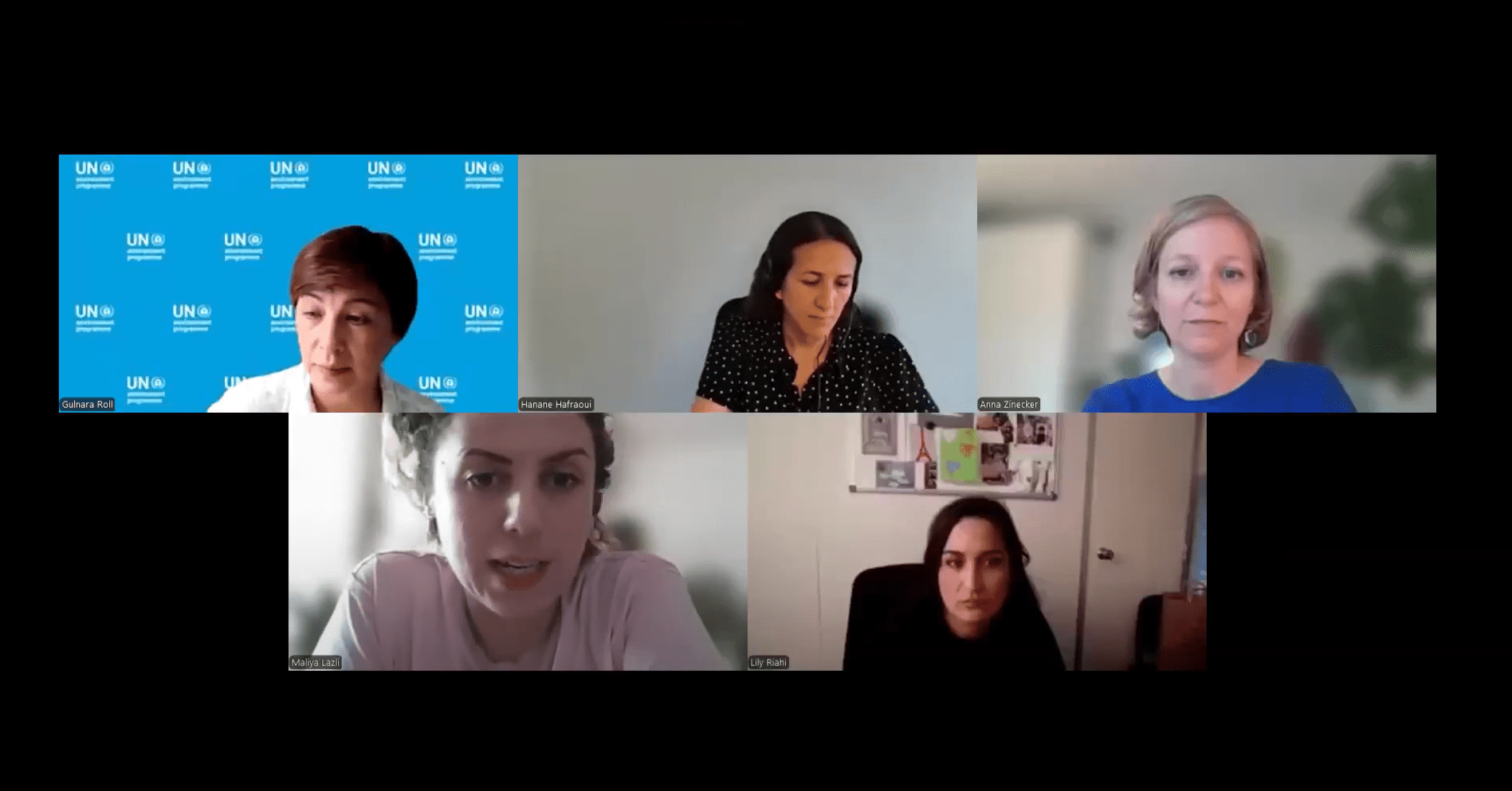Nairobi, London, Paris, San Francisco, 10 December 2020
Action to raise product energy efficiency is critical not only for emissions reductions but also to provide energy security, grid resilience and affordable, products to consumers. This requires ambition and action to race to the top on product efficiency globally. A series of announcements and commitments made today at the Championing Product Efficiency in Support of Nationally Determined Contributions and Net Zero event highlight the opportunities to act now and the longer-term benefits this can deliver.
Improving the efficiency of everyday products such as fridges, lights, and air-conditioners – and the electric motors that drive them – is a critical solution in urgent efforts to catch up on climate action.[1] The United Nations Environment Program, organisers of today’s event, has highlighted this as one of six areas with the highest potential of closing the emissions gap. Ahead of Saturday’s Climate Ambition Summit and in support of COP26, a slew of new product efficiency commitments is being made through a collaborative effort between the UK Government, the International Energy Agency, the Cool Coalition Secretariat, The Climate Group, UNEP, the Cop26 High Level Champions and the Kigali Cooling Efficiency Program:
The UK COP Presidency, in close collaboration with the IEA, are developing a COP26 Product Efficiency Call to Action which sets the ambition to raise international action consistent with doubling the efficiency of key products sold globally by 2030. The UK will deliver this action through the Super-efficient Equipment and Appliance Deployment (SEAD) initiative and today announced the re-launch of SEAD in early 2021. Alongside the COP Call to Action, the UK will work in collaboration with co-leads, India and the European Commission, to re-energise SEAD and boost regional coordination of product policy.
The Climate Action Pathway for Net Zero Cooling was released today, laying out for the first time the vision for action to 2050. The pathway, authored by the Carbon Trust, Cool Coalition, Kigali Cooling Efficiency Program, Oxford University and High-Level Champions, details the key milestones that will be necessary to fully implement the Paris Agreement, exceed the Kigali Amendment and contribute to the UN’s Sustainable Development Goals. Product efficiency, alongside passive cooling measures and adopting ultra-low global warming potential (GWP) refrigerants, are central to achieving this vision. Urgent action will be critical to ensure increasing demand for future cooling can be met in a clean and sustainable way. By 2050, achieving net-zero cooling for all will mitigate up to 260 GtCO2e emissions. By coordinating action across key cooling areas, the costs of decarbonising energy supply can be cut.
“Climate-friendly cooling offers the opportunity to reduce the costs of the energy transition by $3.5tn by 2030 and shave 8 years off the net-zero timeline. This pathway to net-zero cooling will help industry, policy-makers, financiers and society accelerate much needed emissions reduction efforts, while simultaneously helping the world adapt to rising temperatures. I look forward to seeing more passive building design, greater efficiency and ultra-low polluting refrigerants on the market soon.” Nigel Topping, High Level Climate Action Champions COP26
Demonstrating action along the pathway, today ten nations (Jordan, Ethiopia, Cambodia, Viet Nam, Burkina Faso, Nigeria, Pakistan, Morocco, Chile, and Tunisia) – also announced their intention to enhance their NDCs or long term climate plans with new commitments to speed up action on lowering the climate impact of their rapidly expanding cooling sectors. The ten countries are receiving support from Kigali Cooling Efficiency Program’s NDC Facility for Cooling. New work will include Minimum Energy Performance Standards (MEPS) for air-conditioners and fridges developed through UNEP’s United for Efficiency programme, urban cooling plans, cooling technology deployment pilots in homes, schools and other public buildings, ‘cold chains’ to keep vaccines and food safe and nutritious, passive cooling solutions and much more. Estimated emissions from cooling in the ten countries in 2016 was 127 mega tonnes of carbon dioxide equivalent (CO2e), with growth in use of appliances such as air-conditioners and refrigerators expected to increase this figure to 389 mega tonnes by 2050 without action on energy efficiency. This would correspond to emissions from 67 coal-fired power stations.
“For all of us to thrive, especially children, we need cooling – to keep medicine and vaccines stable, food nutritious, and buildings comfortable. But cooling must be on the path to net-zero,” said Kate Hampton, Chief Executive Officer, Children’s Investment Fund Foundation. “Urgent and ambitious action is needed from governments and the private sector, and foundations such as CIFF look forward to continued partnerships in this task. The ten countries that are enhancing their Paris pledges in collaboration with the Kigali Cooling Efficiency Program are helping to lead the way. I look forward to seeing many more such commitments before Glasgow next year”, she added.
Leading industry players also set out bold new commitments. Indian product manufacturer Godrej and Boyce has committed to doubling its energy productivity over ten years by joining the Climate Group’s EP100 initiative, which brings together a growing group of companies making smarter use of energy to lower their emissions. Mabe, the largest consumer electronics company in Latin America, also joinedEP100, committing to implement an energy management system and improve energy productivity by 30% by 2030. This commitment augments their commitment to phase out HFCs – harmful refrigerant gases. UNEP announced a new partnership with Indian finance experts EESL. Together they will mobilise $50m of investment for net-zero cooling. The funds will be used in agricultural and medicinal cold chains, to support the doubling of farmer’s incomes and the distribution of the COVID-19 vaccine in an energy-efficient manner.
“We cannot win the race to net-zero emissions without improving the energy efficiency of products like air conditioners, refrigerators, lighting, and electric motors,” said Inger Andersen, Executive Director of the United Nations Environment Programme (UNEP). “It is hugely encouraging to hear about new commitments on climate change, particularly K-CEP’s support facility for action on cooling and the countries that will receive funding,” she added. “Everybody across sectors, institutions and businesses will need to collaborate to catalyse action towards net-zero cooling. Action must support the adoption of measures that avoid or reduce the need for mechanical cooling – such as green roofs and natural shading – and use super-efficient equipment and appliances.”
[1] UNEP Emissions Gap Report (2020)




